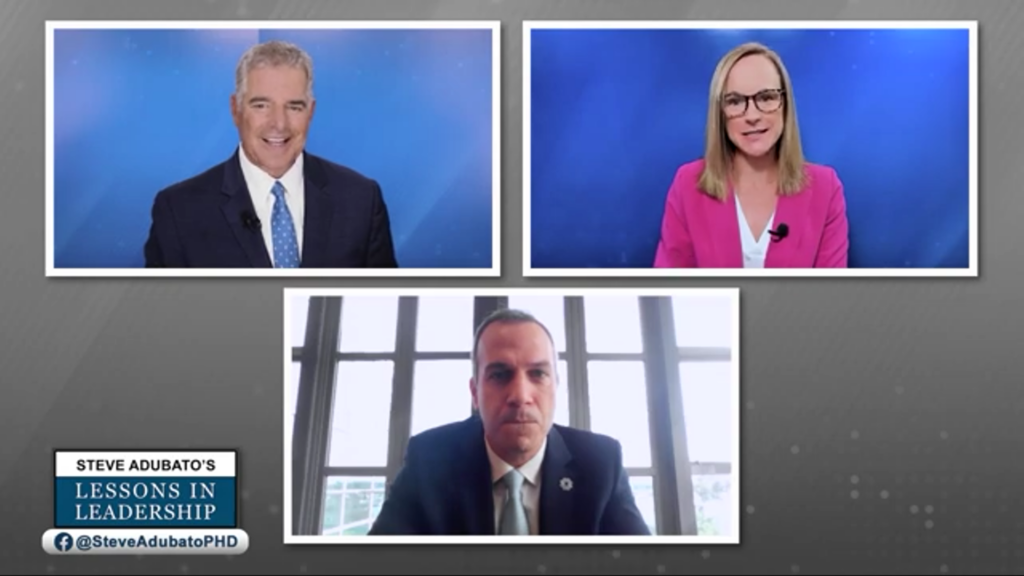
For many of us, working in a hybrid environment has taught us that we have the uncanny ability to participate in more meetings than ever before since we can do so in a virtual setting. I recently had a virtual meeting with an executive at 4 p.m. and jokingly said, “I bet this is your 8th meeting of the day.” To which he said, “I wish. This is my 10th.” Do the math. In an 8-hour day that is more than one meeting an hour.
Simply put, just because we CAN participate in more meetings, since in many cases the time to travel is taken out of the equation, it doesn’t mean that we SHOULD participate in more meetings. With this in mind, consider some tips and tools to meeting management and facilitation in a post-pandemic world:
Limit the number of meeting participants. Due to the ease of scheduling remote meetings, too often meeting leaders invite everyone on the team rather than really thinking through strategically who needs to be in the meeting. When this happens, especially in a virtual setting, people have the tendency to multi-task, often checking their phone, e-mail or doing other work, rather than actively participating in the meeting. Before you schedule your next meeting, consider who really needs to be invited. If they will not be playing an active role and are just attending to receive information, consider sending an e-mail instead with the relevant points.
Limit the time of the meeting. Most meetings drag on much longer than necessary. Too often, if we schedule an hour for a meeting, we find a way to fill that time with extra words or “small talk.” Instead, when possible, limit your meetings to 30 minutes or less, which will force you to edit yourself and your agenda so that you address only the items that are essential for that meeting. This simple step will give back some very precious time to your team members, which will be very much appreciated.
“Force engagement” to invite people in. Meeting facilitation is an art form and involves actively calling people by name to “force” their engagement and invite them into the discussion. As the meeting leader, it is your responsibility to not just share information, but engage meeting participants by getting them actively involved. After you call someone by name, use an open-ended question to spark the discussion, and then use follow-up questions to take a deeper dive. Meeting participants will appreciate you asking for their input as it shows you value them and their contribution to the organization.
In remote meetings, cameras on! I often joke that you would never hold an in-person meeting in a conference room where a participant stands outside the closed door and communicates without being seen. The same thing is true for virtual meetings. When leading a virtual meeting, insist that cameras are turned on, and if there is push back, remind folks that they can blur their background or use a virtual background if that is a concern. Not only is it challenging for you as a facilitator to engage people you cannot see, but it begs the question of whether that person should even be attending the meeting if they aren’t an active and on-camera participant.
Who will do what by when? Never end a meeting without this simple question. Then, once the group has agreed to exactly who is going to do what and by what deadline, send an e-mail with what was agreed to along with any key action items. This ensures that everyone is clear on next steps and creates a record of deliverables that can be easily accessed later.













